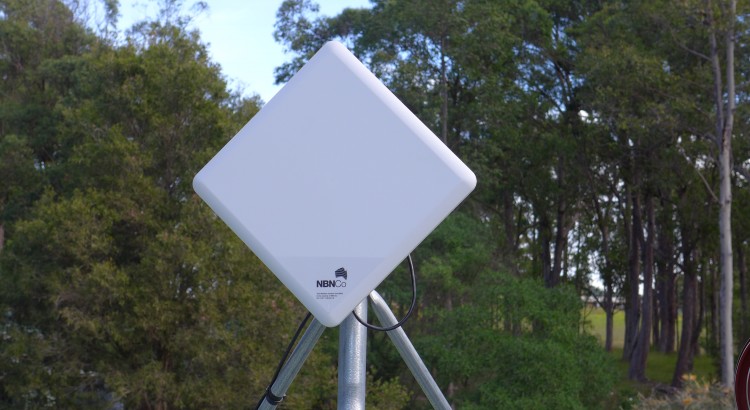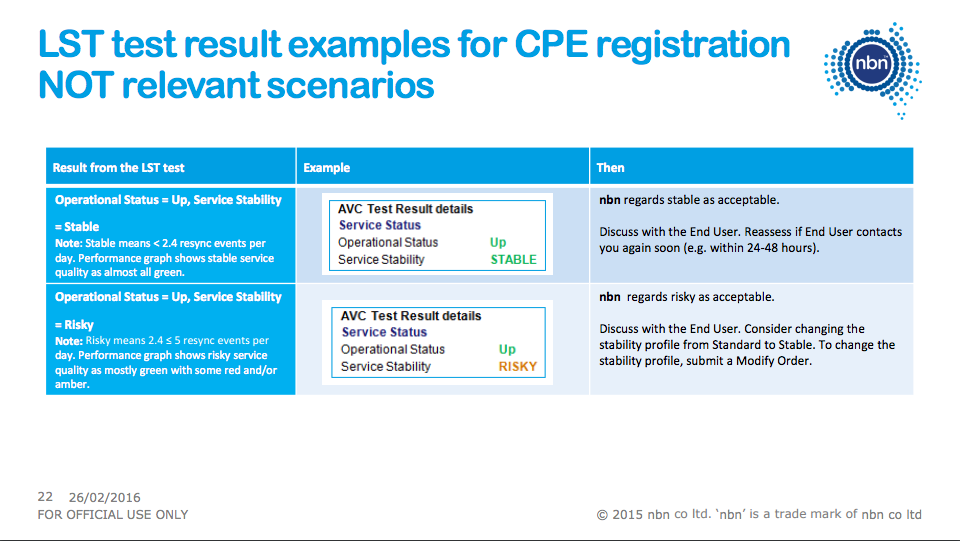15 existing towers in NSW, VIC and SA retrofitted with new radios
The company responsible for building the National Broadband Network, nbn, appears to have expanded its trial of the 3.4GHz band to deliver fixed wireless to outer metropolitan fringes.
The Australian Communications and Media Authority (ACMA) has updated its Register of Radiocommunications Licenses. It has replaced the Scientifically Assigned licenses, first assigned at the start 2015, with fixed site licenses on existing towers. The towers now listed in the register include:
- 107 Wimborne Road MANILLA, NSW 2346
- 93-101 Great North Rd FREDERICKTON, NSW 2440
- 36 Mackay Street MACKSVILLE, NSW 2447
- Crown Land, Off Central Road WEST WYALONG, NSW 2671
- 576 Rossetto Road BEELBANGERA, NSW 2680
- 700 Kidman Way THARBOGANG, NSW 2680
- 2131 Oakes Road YOOGALI, NSW 2680
- Petersham Road LEETON, NSW 2705
- Lot 297 Carbone Rd CORBIE HILL, NSW 2705
- Cnr Junction and Show Streets FORBES, NSW 2871
- 337 Bishop Road WORROLONG, SA 5291
- 10 Morang Crescent MITCHELL PARK, VIC 3355
- 288 Tinamba-Newry Road NEWRY, VIC 3859
- Maffra-Briagolong Road MAFFRA, VIC 3860
- Basford Lane STRATFORD, VIC 3862
The current rollout, which currently relies on TD-LTE technology delivered over the 2.3 GHz band, has mainly been limited to regional areas where nbn holds the licence for the frequency. Mobile provider Optus owns the licenses spectrum in areas closer to capital cities.
The ACMA was ordered by then-Minister for Communications, Malcolm Turnbull, to allocate the 3.4 GHz spectrum to nbn to enable the company to complete its fixed wireless rollout. The so-called 3.4 GHz band encompasses the 3425-3492.5 MHz and 3542.5-3757 MHz spectrum allocations.
In March 2015, the nbn company had engaged NetComm Wireless to develop fixed wireless equipment for the new band.


